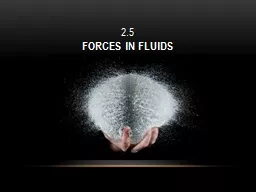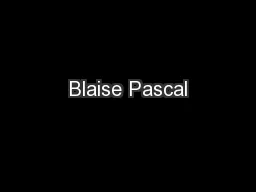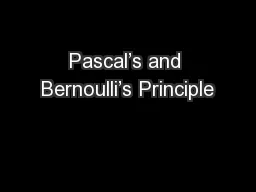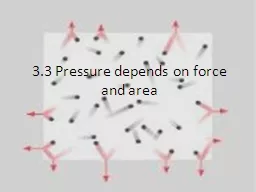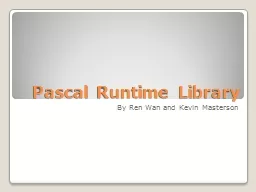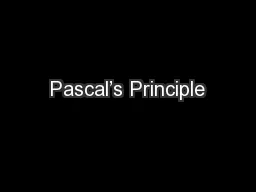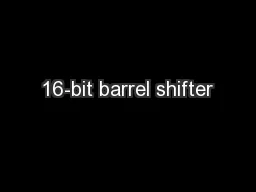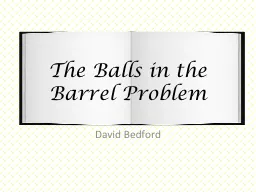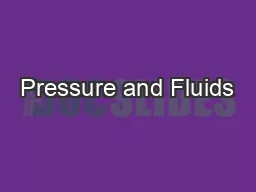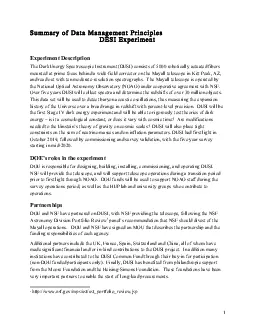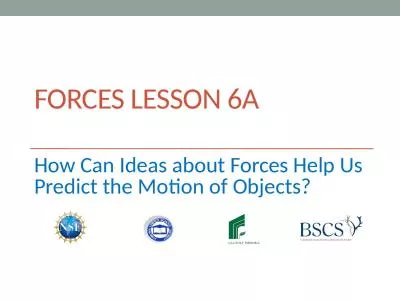PPT-2.5 Forces in Fluids PASCAL’s Barrel Experiment - 1646
Author : lois-ondreau | Published Date : 2020-04-09
Experiment associated with Blaise Pascal A long thin tube placed into a barrel Water is poured in the top that increases the Hydrostatic Pressure based on elevation
Presentation Embed Code
Download Presentation
Download Presentation The PPT/PDF document " 2.5 Forces in Fluids PASCAL’s Barrel ..." is the property of its rightful owner. Permission is granted to download and print the materials on this website for personal, non-commercial use only, and to display it on your personal computer provided you do not modify the materials and that you retain all copyright notices contained in the materials. By downloading content from our website, you accept the terms of this agreement.
2.5 Forces in Fluids PASCAL’s Barrel Experiment - 1646: Transcript
Download Rules Of Document
" 2.5 Forces in Fluids PASCAL’s Barrel Experiment - 1646"The content belongs to its owner. You may download and print it for personal use, without modification, and keep all copyright notices. By downloading, you agree to these terms.
Related Documents

